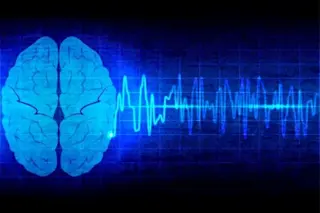This story appeared in the July/August 2020 issue as "Let's Make Some Memories." Subscribe to Discover magazine for more stories like this.
Maybe it’s a hazy snapshot of your first time riding a bicycle. Or the ability to recite the Pythagorean theorem. It could be as simple as that phone number you scrawled on a napkin before it landed in the trash.
Whatever shape they take, our memories help define who we are — and what it means to be human. While scholars have been musing on memory since the time of Socrates, new tech has helped today’s scientists learn much more about the neural and biological machinery behind our recollections. These breakthroughs have led to the discovery that our memories reside in specific clusters of brain cells. Some scientists are exploring how people store and retrieve memories as they move through a virtual reality environment. Others are studying how ...
















